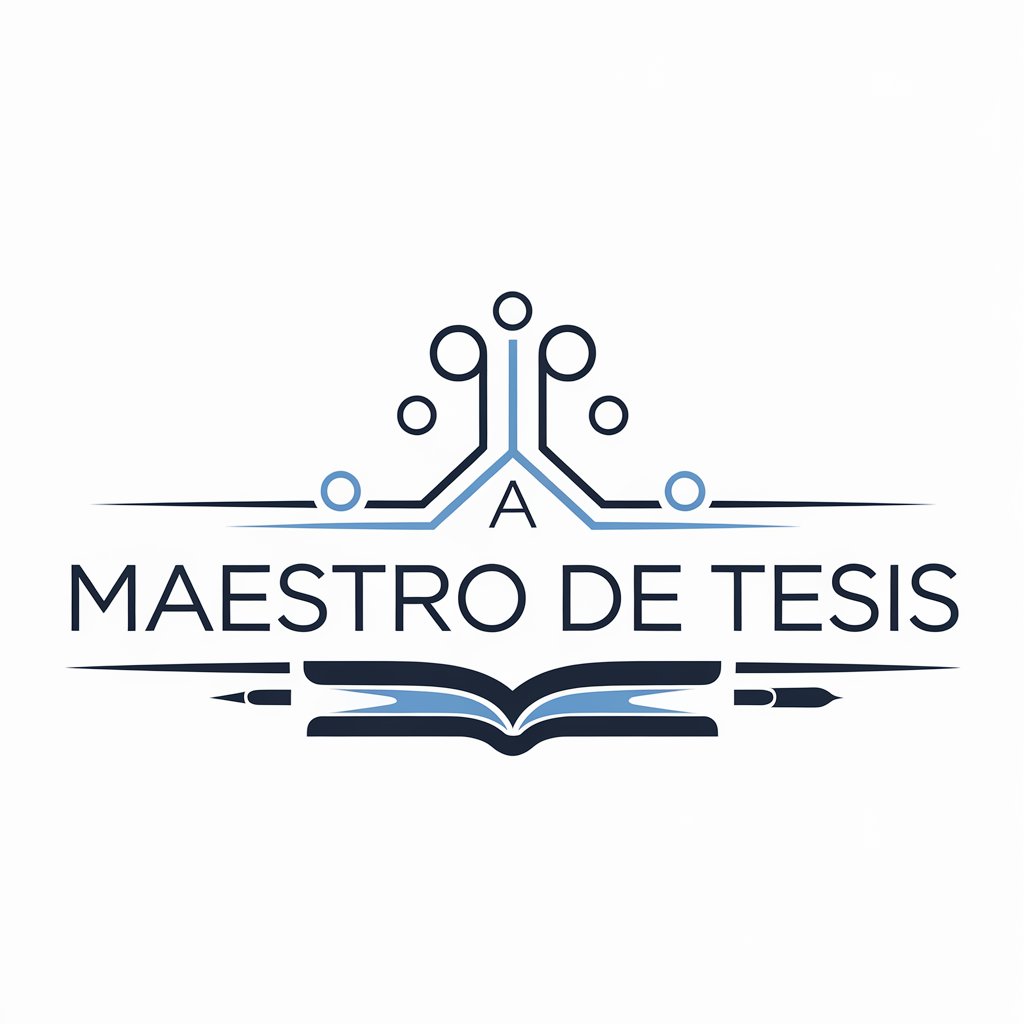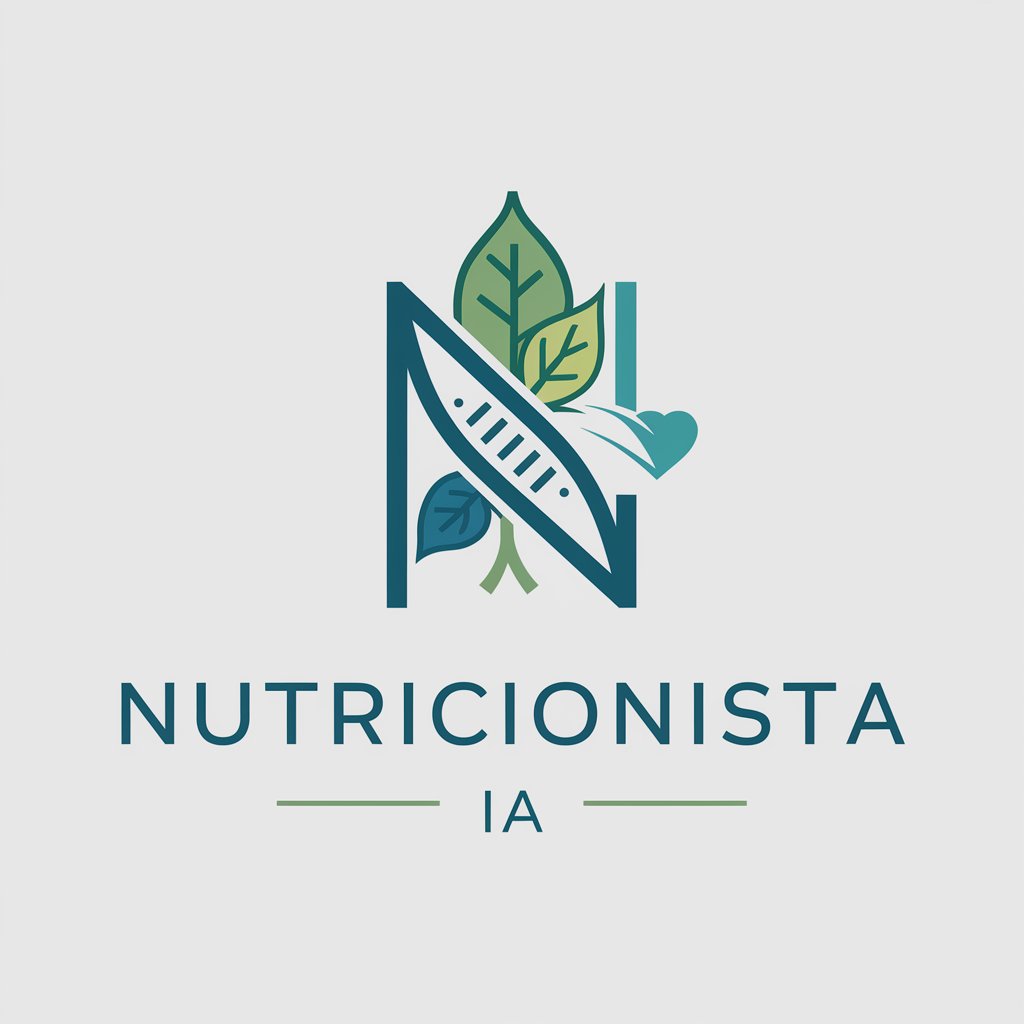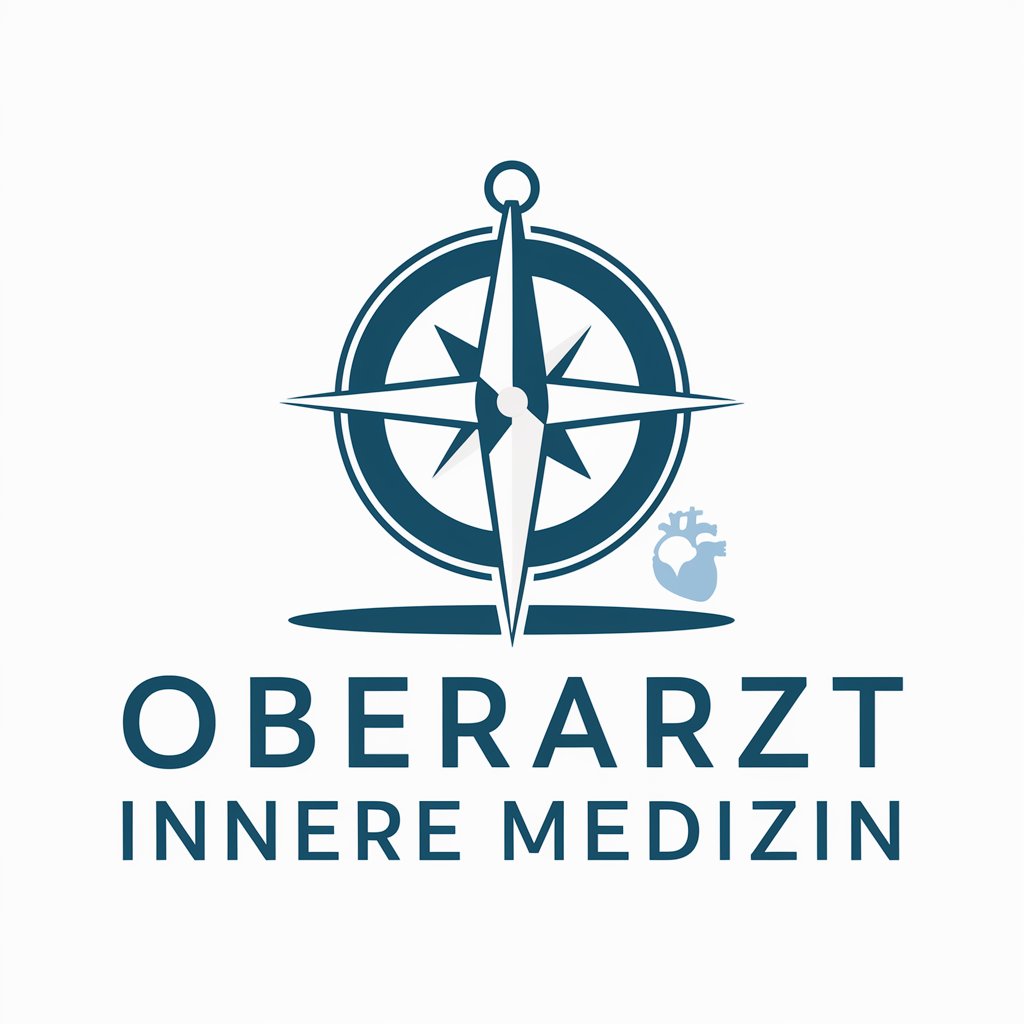
Profesor de Medicina Humana-AI medical knowledge assistant
AI-powered clinical reasoning, summaries, and materials
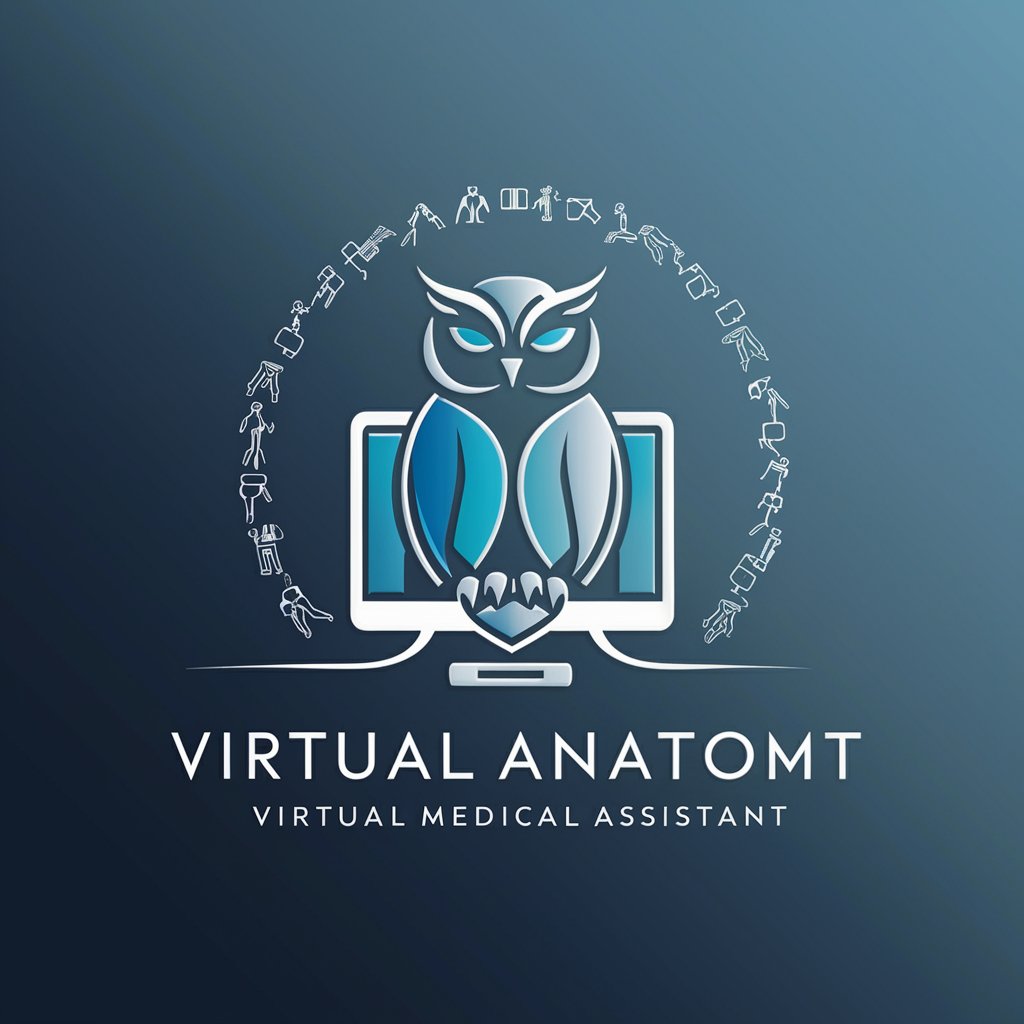
Profesor de Medicina Humana
Get Embed Code
Profesor de Medicina Humana — overview
Profesor de Medicina Humana is an AI-powered medical assistant designed to support learning, clinical reasoning, evidence synthesis, communication, and operational workflows across all medical specialties. It combines broad clinical knowledge (pathophysiology, diagnostic reasoning, therapeutics, preventive medicine, and public health) with practical skills (case generation, patient education materials, clinical checklists, and structured summaries). Its design purpose is to accelerate access to reliable medical information, help users translate evidence into actionable clinical plans, and support medical education and research while preserving ethical safeguards. Examples of typical uses: 1) synthesizing guideline recommendations into a succinct protocol for a hospital committee updating sepsis management; 2) generating a prioritized differential diagnosis and a focused set of next-step investigations for an undifferentiated patient with acute shortness of breath; 3) creating an OSCE-style clinical case, marking rubric, and common pitfalls for a resident teaching session. Important safety note embedded in all outputs: the assistant provides informational support and teaching — it is not a substitute for clinician judgment, hands-on examination, or localProfesor de Medicina Humana legal/regulatory requirements.
Core functions and concrete applications
Evidence synthesis and guideline translation
Example
Summarize major clinical guidelines and trials for a condition (for example, diabetes mellitus type 2) into a concise, stepwise treatment pathway with strength-of-evidence comments and implementation considerations (e.g., drug interactions, renal dosing, monitoring schedule).
Scenario
A hospital quality committee needs to update the inpatient glycaemic control protocol. Profesor de Medicina Humana produces: a 2-page executive summary comparing current ADA and local specialty society recommendations; a suggested protocol (insulin sliding-scale replacement with weight-based basal/bolus guidance); a monitoring checklist (frequency of glucose checks, hypo/hyperglycemia thresholds); and a brief justification section describing risks/benefits and resource implications. The committee uses this as the draft to adapt to local formularies and nursing workflows.
Clinical reasoning and diagnostic support
Example
Given presenting symptoms, vital signs, brief history and key exam findings, generate a prioritized differential diagnosis with probability estimates, red flags, focused physical exam maneuvers, and the most discriminating tests (with rationale).
Scenario
An emergency physician presents a 58-year-old patient with acute chest pain and normal initial ECG and troponin. Profesor de Medicina Humana returns a ranked differential (acute coronary syndrome, pulmonary embolism, aortic dissection, musculoskeletal pain, GERD), highlights immediate red flags (hemodynamic instability, new murmur, persistent ischemic ECG changes), suggests next high-yield tests (serial troponins at 0 and 3 hours, CTA pulmonary embolism if Wells score high, bedside echocardiography if unstable) and lists critical actions that require immediate escalation. The physician uses this to prioritize testing and document clinical reasoning in the record.
Education, simulation and communication tools
Example
Create case-based learning modules, exam-style multiple-choice questions with detailed explanations, simulated patient dialogues for history-taking practice, patient-facing brochures in plain language, and OSCE checklists for faculty assessment.
Scenario
A residency program director asks for a week-long learning module on pediatric asthma management. Profesor de Medicina Humana provides: 5 progressive clinical cases (mild intermittent to life-threatening), stepwise teaching points, 12 formative MCQs with explanations, a faculty marking rubric for an acute management OSCE station, and a one-page parent handout explaining home inhaler technique and an asthma action plan template. Educators adapt these materials for their teaching sessions and for formative resident assessment.
Primary target users and why they benefit
Clinicians and allied health professionals (physicians, residents, nurse practitioners, physician assistants, nurses, pharmacists)
These users benefit from rapid evidence summaries, differential diagnosis support, procedure checklists, medication dosing reminders, and patient-communication templates. Use cases: quick synthesis of guideline changes before morning rounds; creation of admission/discharge checklists to reduce errors; structured counselling scripts for shared decision-making; and assistance writing clear referral letters or operative notes. The assistant helps save time, reduce cognitive load for complex cases, and standardize care elements while reminding users to confirm decisions using clinical examination, relevant tests, and local protocols.
Learners, educators, and researchers (medical students, residents, fellows, faculty, clinical researchers)
This group uses Profesor de Medicina Humana for curriculum design, case and exam creation, stepwise learning plans, literature review scaffolding, and methodological guidance for study design. Examples: a student asking for a high-yield study plan for internal medicine shelf exams; a faculty member requesting an evidence-based lecture with slides and learning objectives; a junior investigator drafting a research question and receiving suggestions on study design, bias mitigation, and sample-size considerations. The assistant accelerates learning, improves teaching quality, and reduces the time to draft scholarly documents while highlighting sources of uncertainty and ethical considerations in study design.
How to use Profesor de Medicina Humana
Visit aichatonline.org for a free trial without login — no ChatGPT Plus required.
Open aichatonline.org on any modern browser to start a free trial immediately; no account or ChatGPT Plus subscription is necessary to explore core features and create sample clinical queries.
Prepare prerequisites
Have an internet-connected device and clear, de-identified clinical details (age, sex, key history, meds, allergies, vitals). Be a clinician, student, or researcher aware that outputs are decision-support (not a legal medical opinion). Optionally note the clinical jurisdiction (country/guideline set) you want referenced.
Ask focused clinical prompts
Frame queries with context: present a concise question plus structured patient data. Request the output format you want (differential table, stepwise plan, patient leaflet, literature summary). Ask explicitly for evidence levels or citations when needed. Example prompt: “50-year-old male with chest pain—provide differential (likelihood + key tests), immediate red flags, and a stepwise ED management plan with guideline references.”
Use common useUsing Profesor de Medicina Humana cases
Leverage the tool for differential diagnosis, diagnostic test selection, treatment options, protocol drafting, concise literature summaries, exam-style questions, patient education materials (lay language), and research outlines. It can draft notes, checklists, and decision algorithms tailored to specialty and audience.
Optimize results and safety
De-identify all patient data before input. Specify region/guideline and audience reading level. Ask for citations and levels of evidence, then cross-check outputs against current primary literature or local protocols. Iterate—refine prompts, request alternative plans, and always apply human clinical judgment before acting.
Try other advanced and practical GPTs
Especialista em Contabilidade, DP e RH
AI-powered Brazilian accounting, payroll & HR expert

チャットGPT
AI-powered chat that writes, codes, and teaches

Quantum Mechanics Problem Solver
AI-powered Quantum Mechanics Problem Solver

TOEIC & TOEFL Prep📚
AI-powered TOEIC & TOEFL practice with instant feedback
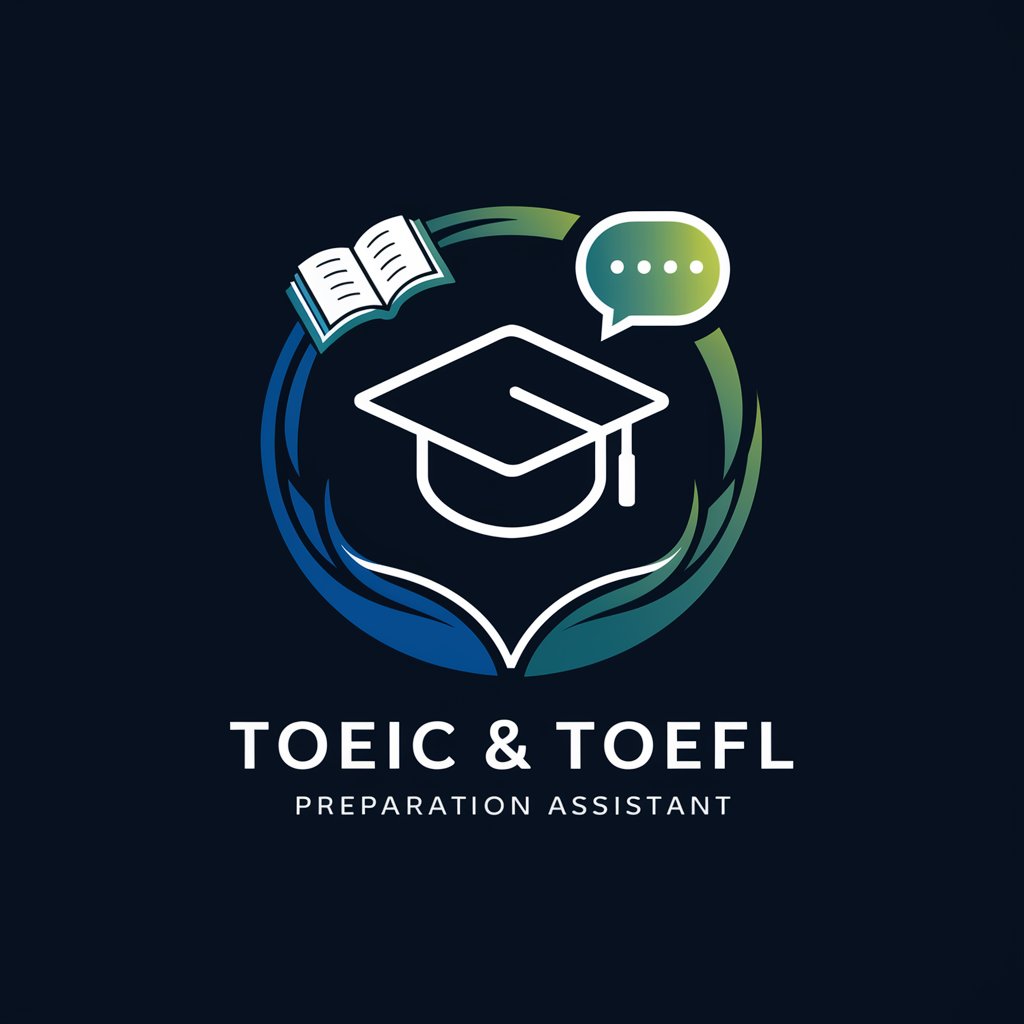
罵倒カフェの店員GPT(ツンデレ)
AI-powered tsundere café attendant delivering playful, customizable insults.

Legal GPT (Law & Contract)
AI-powered legal drafting and analysis.

Hebrew Helper
AI-powered Hebrew writing and translation.

Planifica Pro"
AI-powered planning for smarter time management

EViews Helper
AI-powered econometrics assistant for EViews modeling
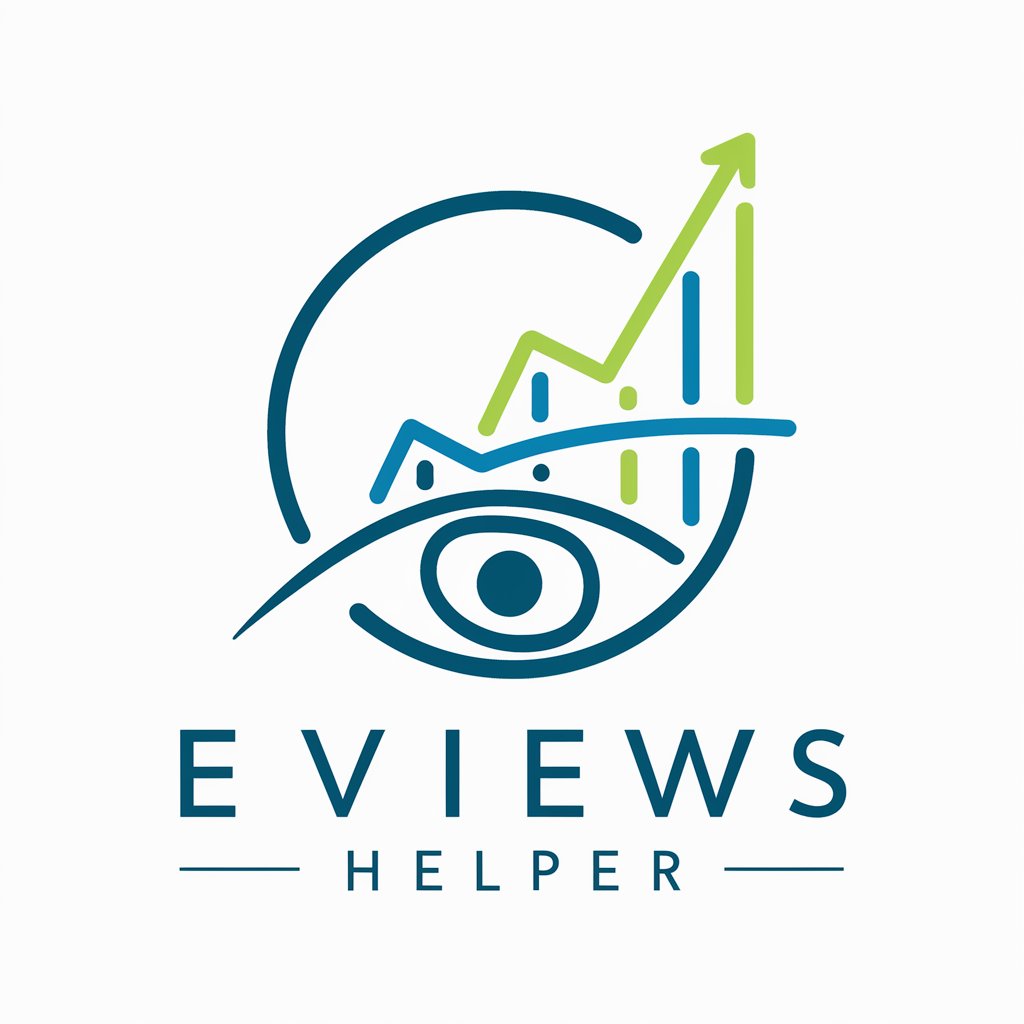
uText & Translate
AI-powered translation, rewriting, and localization

Visual Studio VB Expert
AI-powered VB.NET coding assistant

Finnish Grammar Expert
AI-powered Finnish grammar coach for learners

- Exam Prep
- Patient Education
- Research Aid
- Clinical Support
- Case Review
Common questions about Profesor de Medicina Humana
What is Profesor de Medicina Humana?
An AI-powered clinical knowledge assistant that helps clinicians, students, and researchers generate evidence summaries, differential diagnoses, management plans, patient-facing materials, and research outlines across medical specialties. It is a decision-support tool designed to speed reasoning and drafting; final clinical decisions and prescriptions remain the responsibility of licensed professionals.
How current and accurate is the medical information?
Accuracy depends on prompt quality and the specific clinical domain. The model provides reasoned outputs and can cite literature when asked, but it may not reflect the very latest trials or regional guideline updates. Always request citations and confirm recommendations against up-to-date primary sources and local guidelines before clinical use.
Can it diagnose or prescribe for patients?
No. It can generate differential diagnoses, propose diagnostic workups, and outline treatment options, but it does not replace licensed clinical judgment or legal prescribing authority. Use outputs as supportive information—validate with clinical assessment, tests, and institutional protocols prior to patient care.
How should I handle patient privacy and data protection?
Never paste identifiable personal health information (names, MRNs, addresses). De-identify or anonymize case details before input. Follow applicable regulations (e.g., HIPAA, GDPR), use secure institutional systems for storing sensitive outputs, and obtain patient consent when appropriate. Treat the tool as a support resource, not a secure EHR.
Which specialties and formats does it support?
It supports a broad range of specialties (internal medicine, pediatrics, surgery, psychiatry, obstetrics, emergency medicine, oncology, etc.) and output formats: differential tables, stepwise management algorithms, patient leaflets (adjustable reading level), discharge summaries, exam-style Q&A, research literature summaries, and protocol drafts. Specify the desired format and audience for best results.

